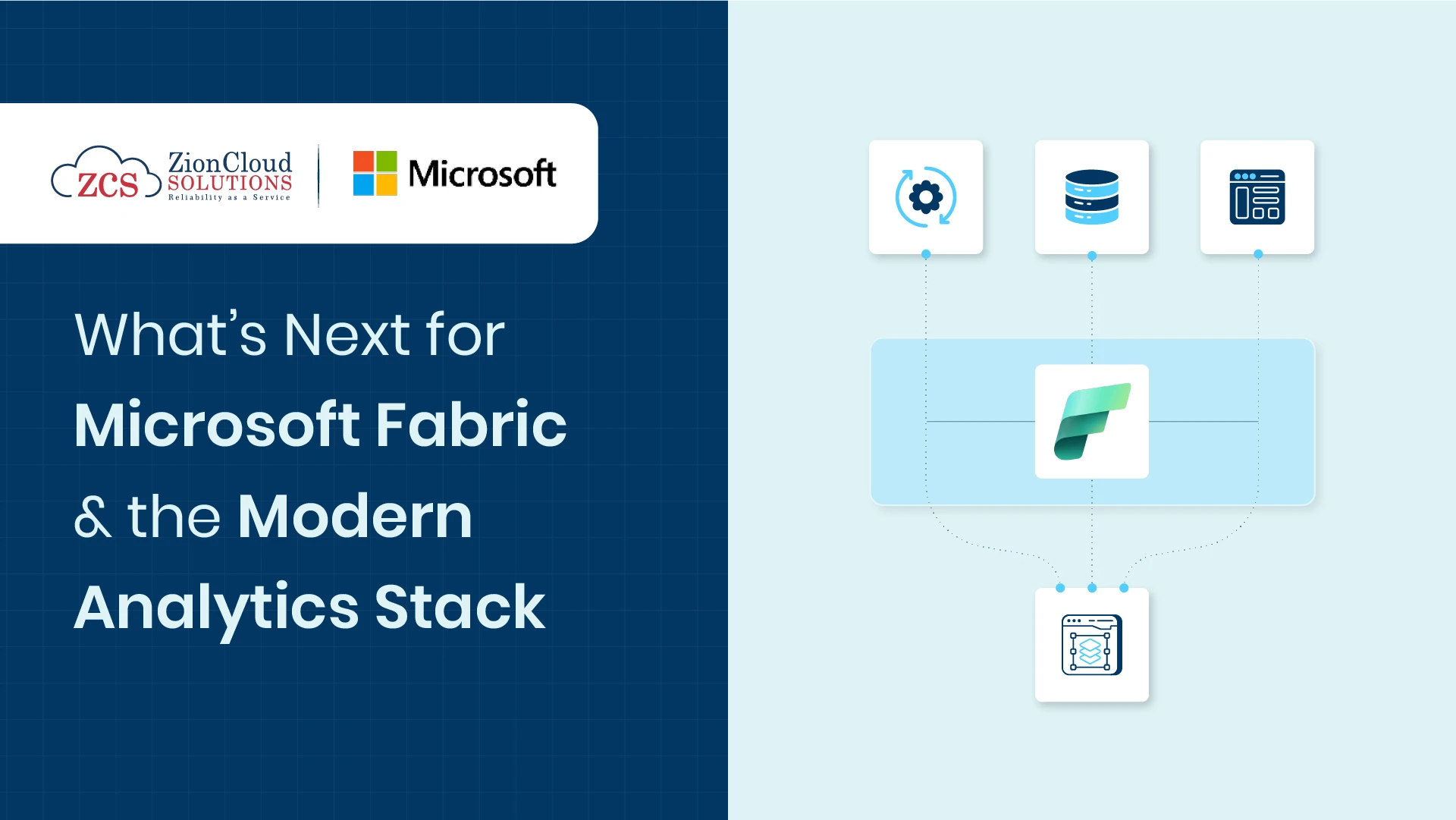OneLake Intelligence: The New Operating System for Enterprise Data
Nov 25, 2025 19:14 PM
Every organization today is drowning in storage accounts, warehouses, lakes, pipelines, and layers of integration work that nobody fully controls anymore. Data lives everywhere but never where you need it. Teams spend more time fixing architecture than using it. Leaders want real-time insight, but the underlying systems behave like a patchwork of disconnected parts.
Therefore, this chaos has been accepted as the cost of doing business. Until OneLake changed the game.
OneLake isn’t just another storage option. It’s the foundation of a new operating model for enterprise data one built on a single, unified, intelligently managed layer that replaces the clutter of traditional architecture. For the first time, every data workload across analytics, engineering, real-time processing, and reporting can operate from the same logical source without copying, transporting, or duplicating anything.
If enterprises have been waiting for a true data operating system, OneLake is exactly at that moment.
How OneLake Rewires the Entire Data Architecture
The breakthrough of OneLake is simple: it unifies all enterprise data under one logical storage layer powered by open Delta formats and universal shortcuts. Instead of building separate infrastructure for warehouses, lakes, BI tools, and pipelines, OneLake lets every engine plug directly into the same source. The warehouse does not need its own storage. The Lakehouse doesn’t need a separate copy. Real-time engines don’t need their own ingestion zone.
And the performance benefits are dramatic. OneLake automatically optimizes file distribution, caching, and format handling so that every downstream engine reads data efficiently without manual tuning. The pipeline overhead that once required weeks of scripting becomes the natural behavior of the system.
OneLake doesn’t make data easier to store; it makes the entire architecture smarter.
Why This Shift Redefines the Work of Data Teams
When OneLake becomes the operating system for enterprise data, the roles around it begin to evolve. Data engineers stop wasting time fixing pipelines and managing compute clusters. They start designing reusable data models, building domain-driven structures, and shaping long-term architecture.
Analysts, instead of chasing broken refreshments or inconsistent data sources, focus on building reliable semantic layers that every business team can trust. Their work becomes more strategic and less reactive.
Data scientists benefit as well. Clean, unified, governed data remove endless preprocessing challenges. Their environment becomes consistent, their features become reusable, and their experimentation becomes faster because the data is finally ready for use now; they need it.
This shift doesn’t replace people. It elevates them. It removes the noise so teams can work on problems that actually matter.
Are the Organizations Ready for a Unified Data Operating System?
Most organizations don’t realize how complex they tolerate daily. Multiple copies of the same dataset. Different versions of truth. Reports that don’t match. Pipelines that break when one downstream team changes something. Governance rules that apply differently across tools.
By enforcing data security, lineage, access controls, and governance policies at the storage layer not the tool layer enterprises finally get clarity. Every team sees the same lineage paths. Every data set is labeled in one place. Every policy applies consistently. And every workload behaves predictably because everything is built on the same foundation.
This level of transparency forces organizations to rethink how they manage data not as a collection of systems but as a single operational platform.
And that is exactly what modern enterprises have been missing.
The Future Belongs to Organizations That Treat Data Like a Platform
The most powerful thing about OneLake is not the technology itself; it’s the mindset shift it enables. Enterprises no longer have to manage a constellation of disconnected systems. They can operate from one governed, scalable, unified foundation built for speed and accuracy.
Modernization becomes faster because teams aren’t rebuilding the same patterns repeatedly. Data sharing becomes cleaner because everything references the same physical location. Governance becomes real because it exists at the core, not at the edges. And long-term strategy becomes possible because teams are no longer stuck fixing the plumbing. OneLake is not just the next step in the evolution of storage.
It is the blueprint for the next generation of enterprise data platforms.
Conclusion
OneLake Intelligence marks a turning point. It replaces fragmented architectures with a unified, intelligently managed system that behaves like a true operating layer for organizational data. The companies that embrace this shift early will gain speed, clarity, and long-term stability in ways that traditional architectures can never match.
This is not simply a better storage solution. It is the future of how enterprises organize, govern, and scale their data. And it is becoming a new standard far faster than most organizations realize. If your data ecosystem is still operating in silos, this is the moment to act. Modernize your foundation before complexity becomes your biggest roadblock.
Related Blogs
Explore More
OneLake Intelligence: The New Operating System for Enterprise Data
Every organization today is drowning in storage accounts, warehouses, lakes, pipelines, and layers of integration work that nobody fully controls…

How Gemini Gets Its Enterprise Body and a Digital Bulletproof Vest
Stop the presses. We need to talk about the AI workflow you’re building right now. If you’re like most of…

What’s Next for Microsoft Fabric and the Modern Analytics Stack
Businesses today are drowning in data, yet insights often arrive too late to influence decisions. The modern analytics stack, once…

